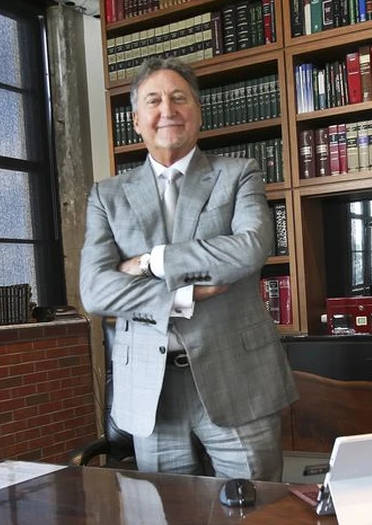 |
| Patrick Ducharme |
One of the trickiest areas of our evidentiary rules relates to the recognition of and treatment of hearsay evidence. Hearsay evidence is presumptively inadmissible unless an exception to the hearsay rule applies. Inadmissibility is generally determined in circumstances where the evidence is thought to be unreliable. In fact, the whole basis of the rule against hearsay evidence is that it is essentially unreliable.
The essential defining features of hearsay are:
Continue reading “Recognition of and Treatment of Hearsay Evidence”


